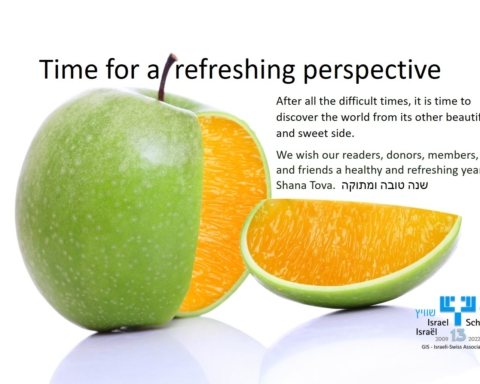The school year is only five weeks away, yet there are still a reported 5,600 teaching positions that need to be filled for this academic year. Most of these positions are in the critical subjects of math, science and English.
There are many possible reasons for this shortage, one being the still pending agreement between the treasury and teacher unions to reach a collective labor agreement. Without one, teachers are threatening to strike, September 1, just in time for the first day of school.
It seems the Israeli education system is not new to being in a crisis state. The last academic year ended with teachers holding a partial strike, and that’s after the upheaval of the education system as we once knew it when remote teaching was introduced during the pandemic and teachers were forced to reinvent the way they teach.

Despite being the “startup nation” and having some of the best universities in the world, it seems that record spending on education and improving student-teacher ratio haven’t yet made enough impact.
The Organization for Economic Cooperation and Development administers its Program for International Student Assessment once every two years, and the results are not the best: The most recent exam has Israeli 15-year-olds scoring at the bottom of developed-country in reading, math and science skills (ranking 37th, 41st and 42nd among all 79 participating countries).
Unhappy teachers, a high turnover, poor system centralization, and bad management and distribution of resources could be the cause for these unimpressive numbers. One thing is clear however, further reform is needed not only in Israel but globally for the future of our students and the world.








